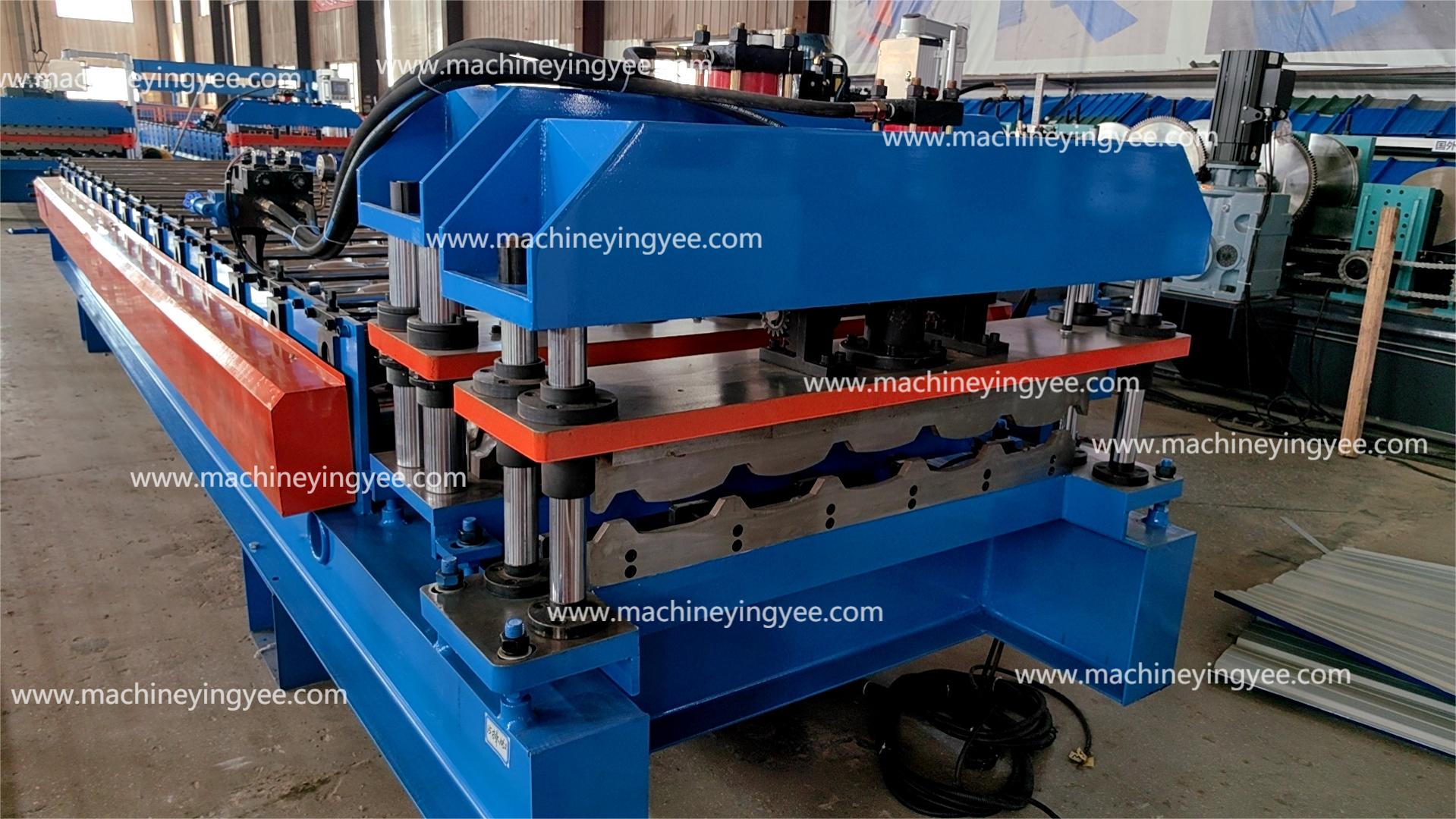
The Beam Welding Line An Essential Component in Modern Manufacturing
In today’s fast-paced manufacturing environment, the significance of efficient and robust welding techniques cannot be overstated. Among these techniques, beam welding has emerged as a vital process, particularly in industries requiring the fabrication of large structural components. This article explores the fundamentals of beam welding lines, their applications, advantages, and the technological advancements driving their evolution.
Understanding Beam Welding
Beam welding is a high-energy welding process that utilizes concentrated heat sources, such as lasers or electron beams, to create strong, precise welds. Unlike traditional welding methods that use filler materials, beam welding often involves fusion between the base metals themselves. This process is particularly advantageous for materials that require minimal heat input, ensuring that the base materials retain their mechanical properties and do not warp or deform.
The Importance of Beam Welding Lines
A beam welding line is a systematic arrangement of machinery and tools designed specifically for executing beam welding operations in a production environment. These lines are often integrated into larger manufacturing systems, facilitating the continuous and automated production of welded components. Industries such as aerospace, automotive, shipbuilding, and construction rely on beam welding lines for the mass production of structural elements like beams, frames, and chassis.
These lines typically consist of several stages, including material handling, welding, inspection, and finishing. By streamlining these stages, manufacturers can significantly reduce production time and enhance overall efficiency.
Applications Across Industries
The applications of beam welding lines are extensive. In the aerospace sector, for instance, the high strength-to-weight ratio of beam-welded components makes them ideal for aircraft structures. Similarly, in the automotive industry, beam welding is employed to create lightweight and strong chassis components, translating to improved fuel efficiency and performance.
Furthermore, in construction and infrastructure projects, beam welding lines play a crucial role in fabricating steel structures that require exceptional load-bearing capacities. The accuracy and precision achieved through beam welding are indispensable in maintaining the safety and integrity of these structures.

Advantages of Beam Welding
One of the most significant advantages of beam welding lines is the enhanced precision they offer. The concentrated heat input leads to narrower heat-affected zones, resulting in cleaner welds with minimal distortion. This precision reduces the need for secondary processing, thereby saving time and costs in the fabrication process.
Additionally, beam welding is highly adaptable to automation, with many modern welding lines incorporating robotic arms and advanced control systems. This automation not only speeds up production rates but also minimizes human error, enhancing overall quality and consistency in welded products.
Another advantage stems from the energy efficiency of beam welding. The concentrated heat means that less energy is consumed compared to traditional welding methods, contributing to more sustainable manufacturing practices.
Technological Advancements
The field of beam welding is continuously evolving, driven by technological advancements. Innovations in laser and electron beam technologies are leading to more powerful, precise, and flexible welding solutions. For instance, modern fiber lasers offer improved focus and penetration capabilities, enabling the welding of thicker materials with greater ease.
Moreover, developments in real-time monitoring systems allow manufacturers to track the quality of welds during production. These systems utilize sensors and data analytics to provide immediate feedback, ensuring that any potential issues are identified and addressed promptly.
Conclusion
The beam welding line represents a critical aspect of modern manufacturing, offering unmatched precision and efficiency in welding operations. As industries continue to evolve, the demand for robust and reliable welding solutions will only increase. By embracing cutting-edge technologies and optimizing beam welding lines, manufacturers can ensure they meet the challenges of the future while delivering high-quality products. Thus, the beam welding line stands not only as a testament to advancements in welding processes but also as a cornerstone in the manufacturing landscape.